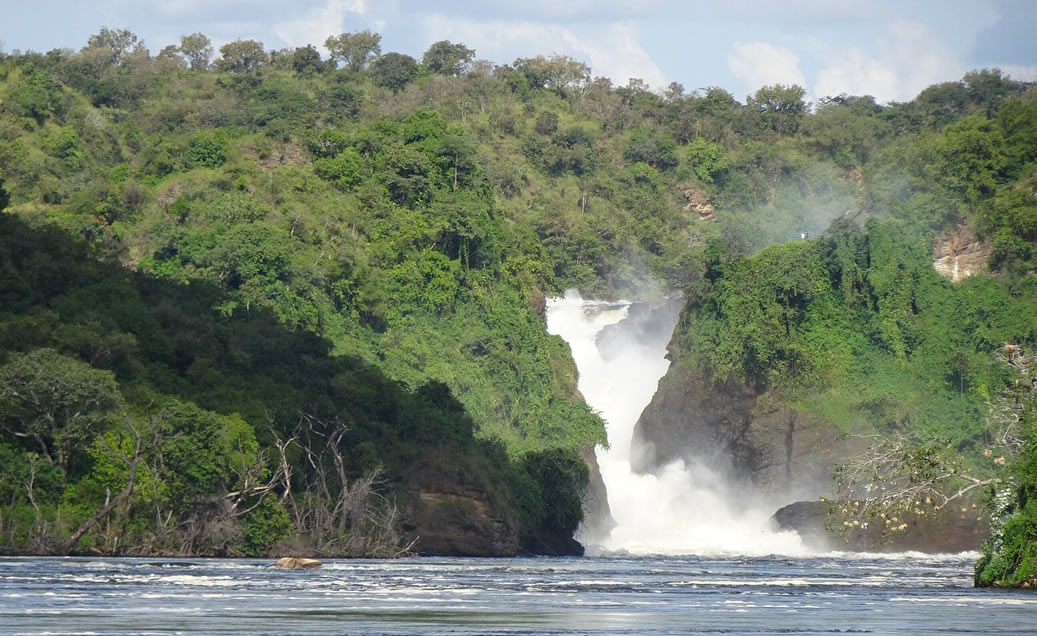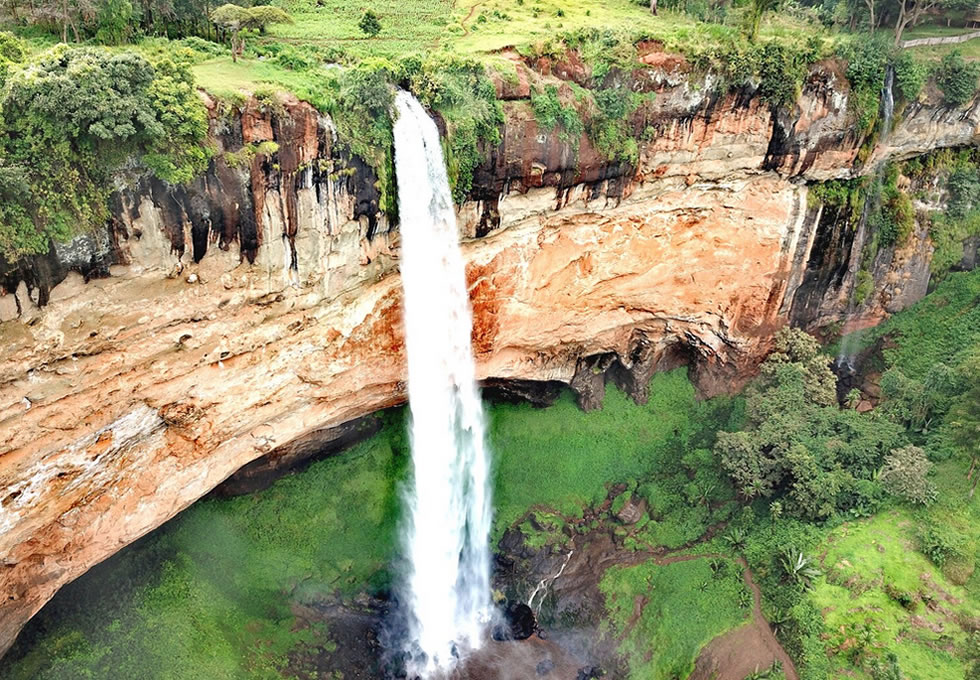Made up of five major ethnic groups, the natives of Uganda speak over 30 languages and dialects. Amidst this diversity, Uganda is a nation of solidarity, equal opportunity, and tolerance. Culture and tradition continue to be handed down from generation to in the preservation of Uganda’s only-one-of-its-kind heritage.
North, South, East, Central, and West all intertwine their distinguishing customs, beliefs, and traditions into a wealthy tapestry that creates the diverse national identity which defines the Ugandan culture at the moment.
The country’s ethnic evolution can be traced back to the 10th century AD. The Bantu, Uganda’s primary inhabitants, is an ethnic and linguistic group with over 130 million people in Africa. They lay down their ancestry in the central and southern parts of the country and constitute half of the population. Among the Bantu tribes are the Baganda, Banyankole, Bagisu, Bakiga, Batooro, Basamia, and Baruli among others.
The northern and northeastern parts of Uganda were largely populated by the Nilo-Hamites and Nilotes whose genesis can be traced back to Ethiopia. As semi-nomadic people, their migratory habits led them to split and settle in different parts of the country. Ultimately, some adopted languages and customs resulted in distinctions that can be clearly identified between them today. Nilotic tribes include the Langi, Luo, Iteso, Sebei, and Karamajong.
The Sudanic speakers from West Nile form another group. The Lugbara, Madi, Bari, and Metu are counted as part of this group. They are sometimes referred to as the Madi-Moru group.









